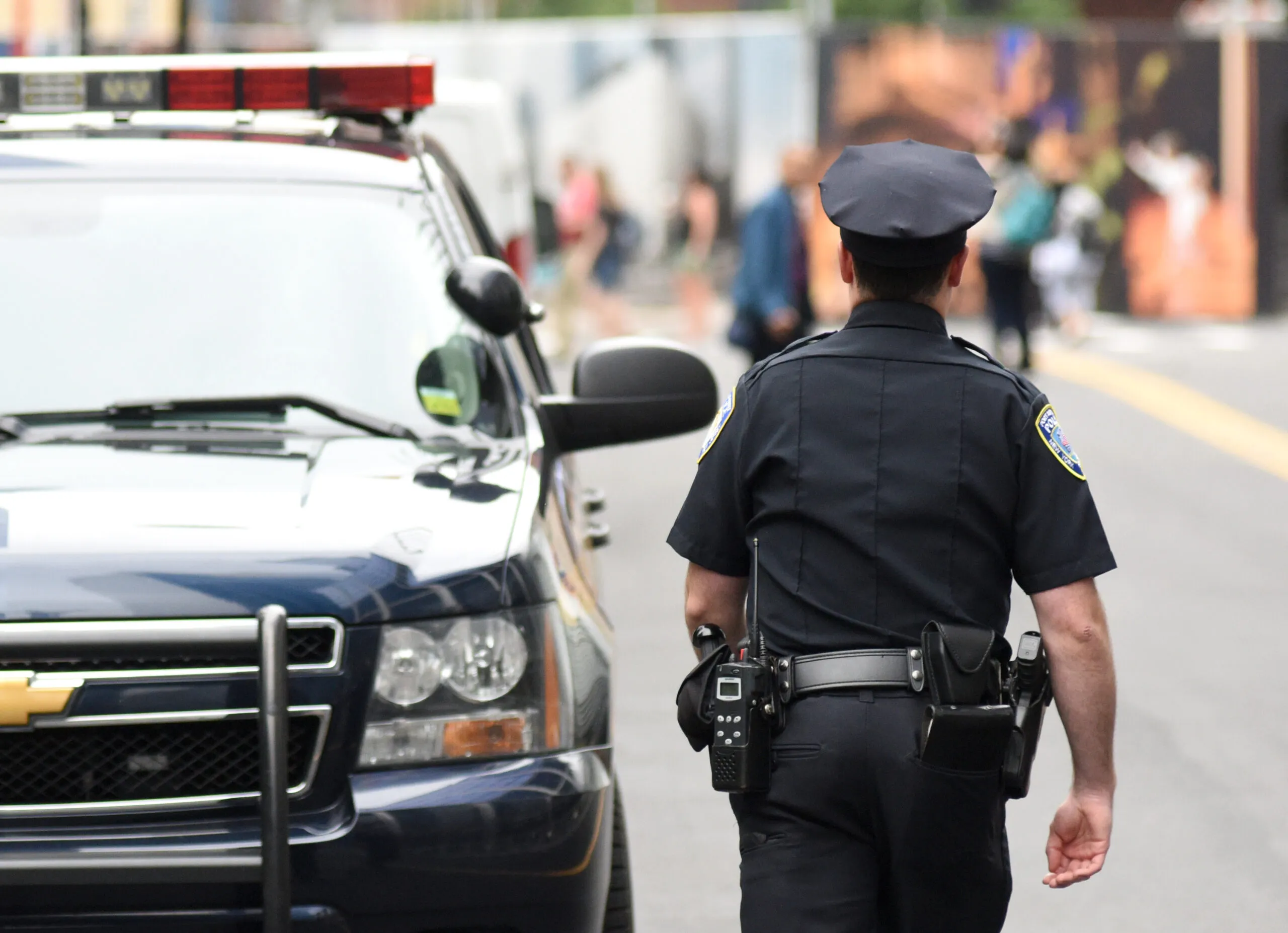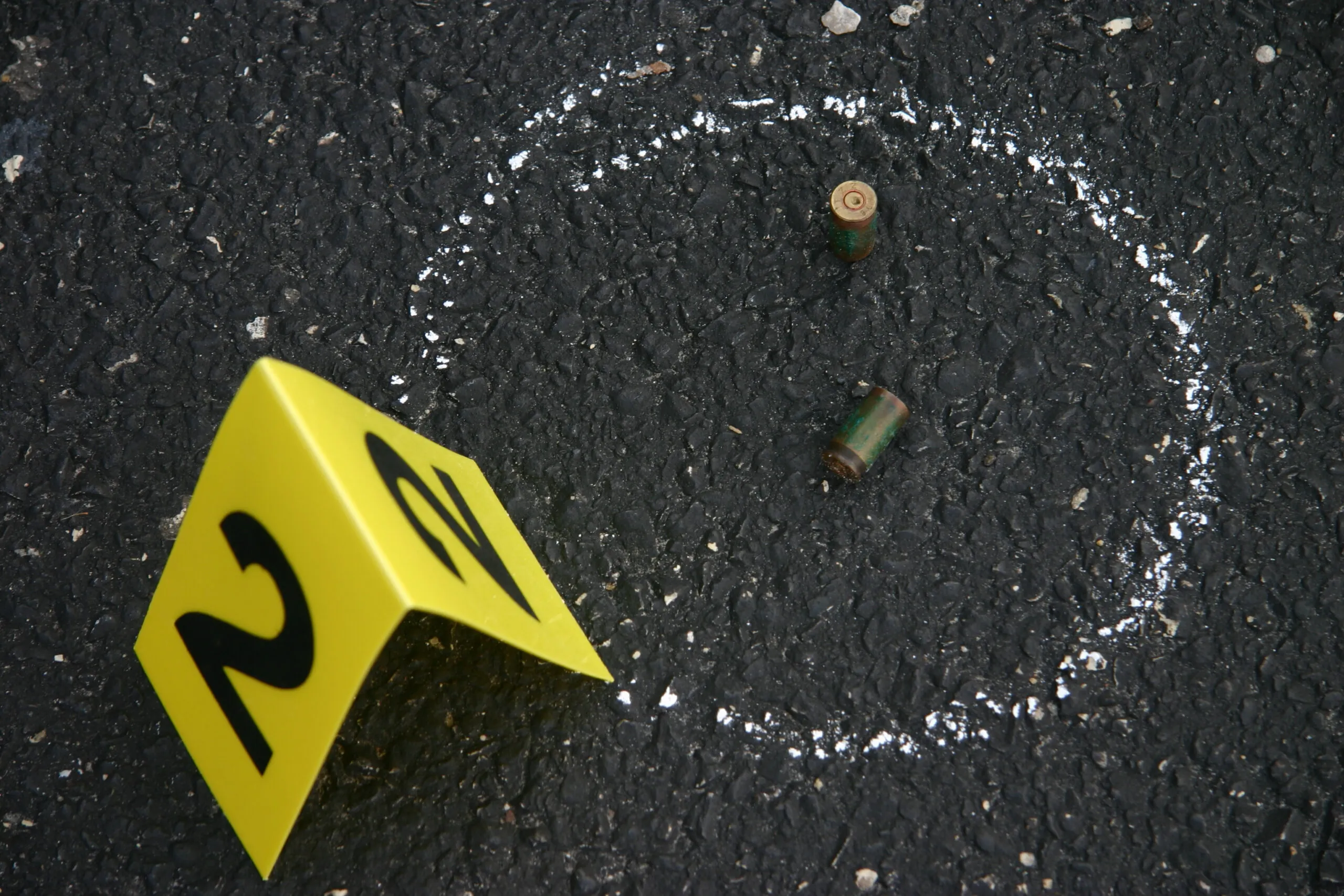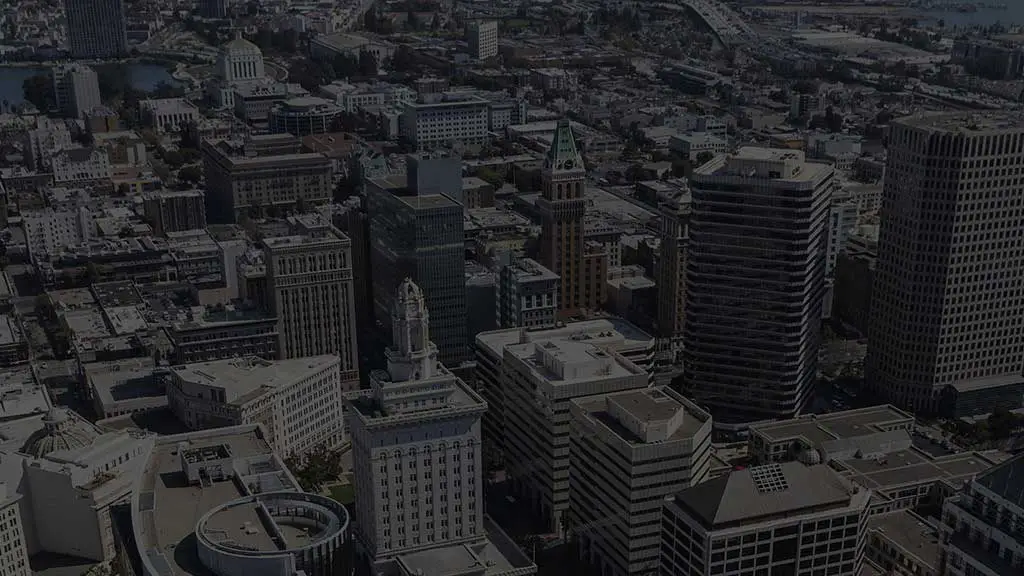On May 3, 2021, the MacArthur Justice Center (MJC) published a report, “ShotSpotter Generated Over 40,000 Dead-End Police Deployments in Chicago in 21 months, According to Study.” This so-called study on Chicago’s use of ShotSpotter alleged that:
- By using data obtained from the City of Chicago, the MJC analysis showed that (from July 1, 2019, through April 14, 2021), 89% of ShotSpotter alerts turned up no gun related crime – resulting in more than 40,000 “dead end ShotSpotter deployments.”
- The report indicates that the City of Chicago has deployed ShotSpotter only in the police districts with the highest proportion of Black and Latinx residents, suggesting that ShotSpotter is leading to over-policing in these neighborhoods.
- The report further alleged that ShotSpotter has not released any scientific-valid study to substantiate ShotSpotter’s claims of 97% accuracy and there are no studies testing whether ShotSpotter can reliably tell the difference between the sound of gunshots and other noises like firecrackers, construction noise and so on.
These claims are inaccurate, specious, without context and reflect a fundamental ignorance of policing generally and gunshot detection specifically.
Claim #1: 89% Dead-End Police Deployments
- First off, the report defines a “false positive” incorrectly. It is not defined as an alert that does not result in physical evidence collection. A “false positive” means that a ShotSpotter alert was sent to CPD for a specific time and location, when in fact there was no actual gunfire. ShotSpotter maintains an extremely low false positive rate, at just 5% across all customers in the last four years, according to independent analytics firm Edgeworth Analytics.
- That being said, a ShotSpotter alert is, itself, digital evidence that gunfire occurred — with the specific location, a precise timestamp, an audio recording, and other forensic elements as part of the digital evidence.
- In the real world, many factors can affect whether law enforcement can locate physical evidence or a witness to corroborate that a gun crime was committed. These factors include but are not limited to:
- the time required for an officer to arrive at the scene;
- the amount of time that officer has to investigate the scene;
- whether the perpetrator picked up their own shell casings;
- the type of firearm involved;
- whether cooperative witnesses or victims remained at the scene, and more.
- These factors relating to whether or not physical evidence can be gathered at the scene of criminal gunfire hold true whether it is a response to a ShotSpotter gunfire alert, or a response to a citizen’s call to 911.
- Though physical evidence collection is challenging, in fact, research shows that ShotSpotter improves the rate of evidence collection up to three times higher due to the precise location provided by ShotSpotter alerts, according to Urban Institute.
- Most importantly, we must point out that the MacArthur Justice Center Report did not investigate the other 11% — which equates to thousands of alerts that resulted in dispositions indicating that evidence of a gun crime was found.
- While worthwhile to explore alerts that yielded no evidence of a gun crime, we feel it is far more informative to fully analyze those alerts that did result in evidence of a gun-related crime.
- As an example, SoundThinking’s analysis of ShotSpotter and publicly available OEMC data for a similar period in 2020 and 2021 reveals that ShotSpotter alerted CPD to hundreds of gunshot wound victims that were not reported to 911.
Claim #2: ShotSpotter Leads to Over-Policing in Black and Brown Neighborhoods
- There is no evidence to support this claim.
- The City of Chicago dictates the police districts where ShotSpotter was to be deployed, the sequence of the phased ShotSpotter roll-out, and the timing of service activation for each coverage area.
- We believe these priorities were driven exclusively by CPD’s analysis of historic gun violence.
- Recent analysis shows that over 80% of Chicago homicides occur in the police districts where ShotSpotter has been deployed.
- Over 80% of lethal gun crime in Chicago is occurring in 50% of the city – the same 50% that the city prioritized for ShotSpotter coverage.
- ShotSpotter provides intelligence that allows police to coordinate safe, efficient, and equitable responses that require fewer resources in a way that builds community trust.
Claim #3: No Scientific Studies Supporting 97% Accuracy
- While the ShotSpotter system detects many loud, impulsive sounds, we use sophisticated technology and well-known science to filter out sounds that are not likely to be gunfire.
- Those non-gunfire sounds are not published to customers as gunfire.
- ShotSpotter technology has a 97% average accuracy rate for detections across all customers nationwide for the last 4 years. This statistic has been independently verified by data analytics firm Edgeworth Analytics.
- The ShotSpotter technology is tested with each of our customers literally thousands of times every night across many of the nation’s most violent neighborhoods.




